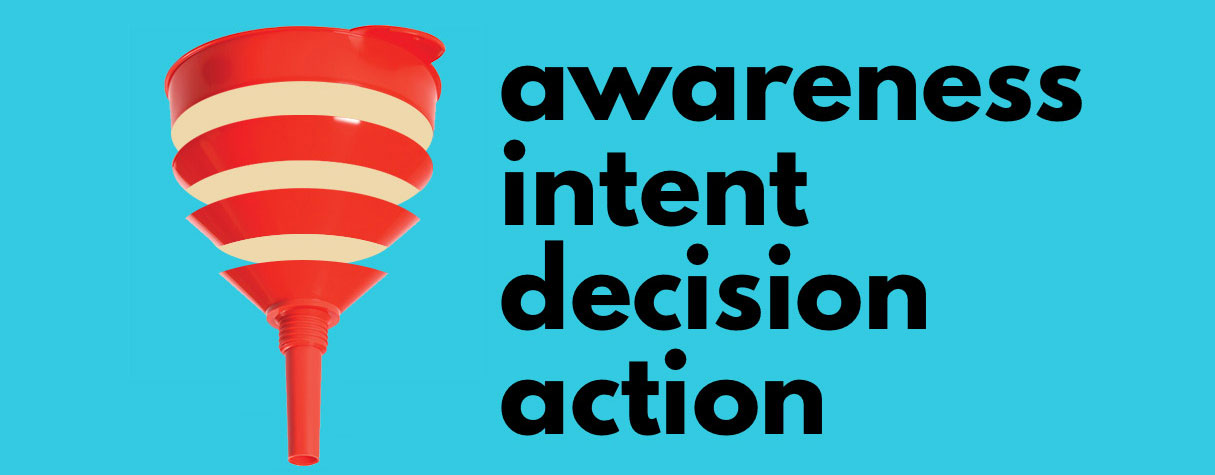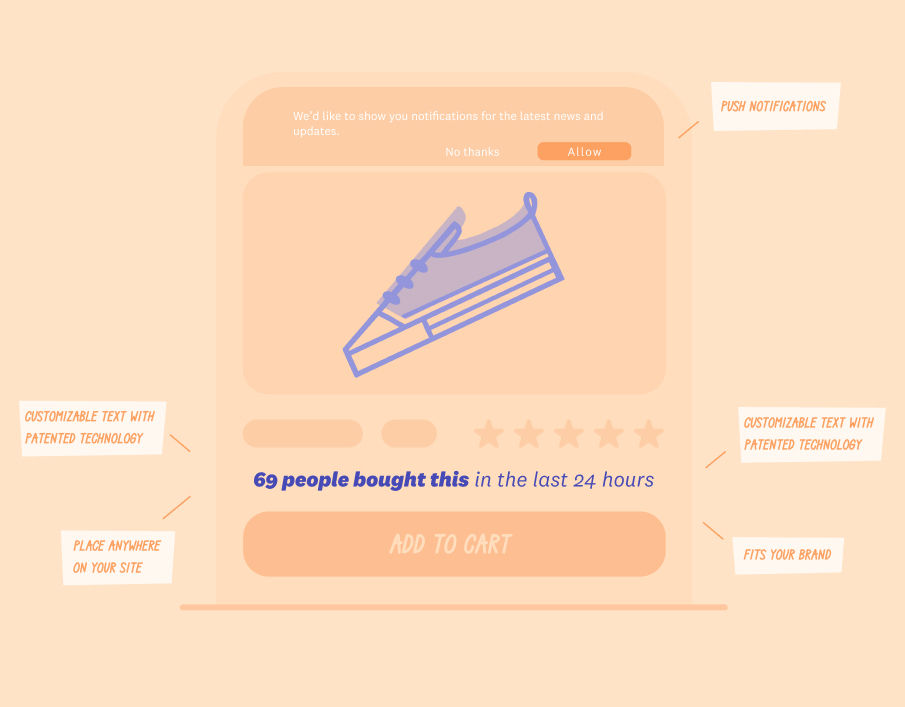Table Of Content
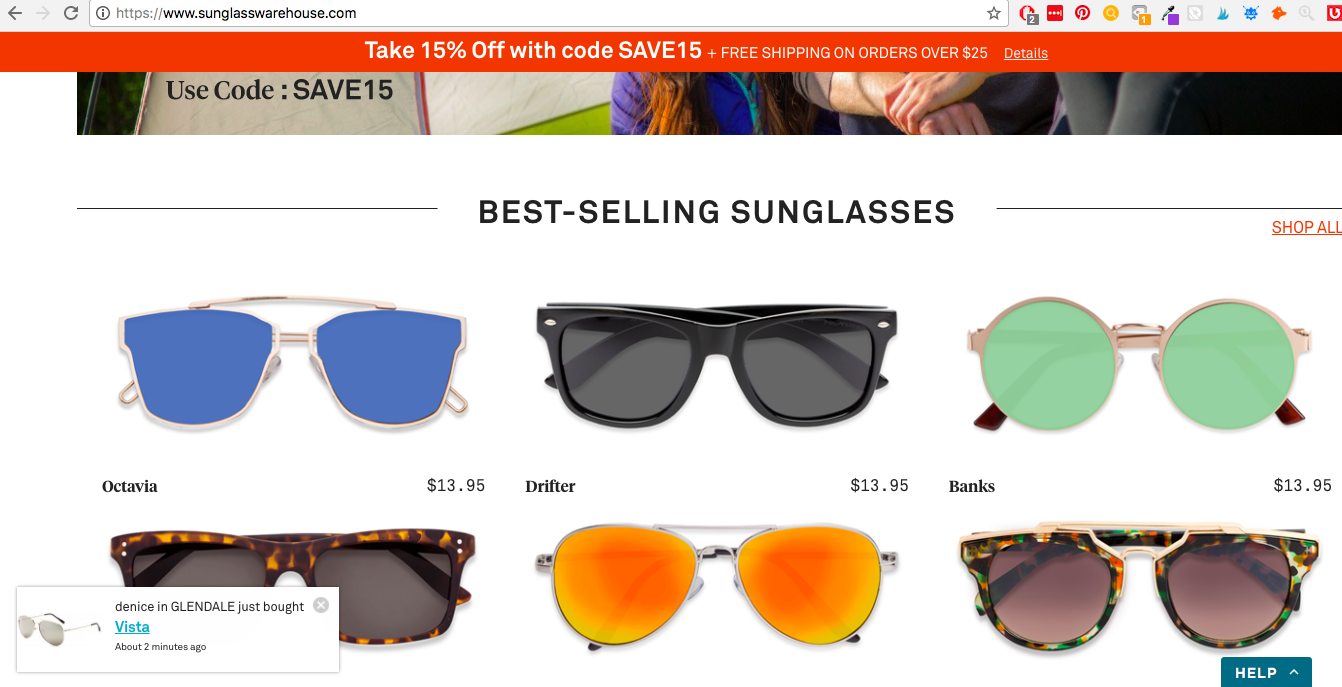
It’s a question every business owner struggles with: how should I price my products?
There’s an obvious trade-off between "high profit margins" and “high sales”. Basic economic theory would predict a simple relationship between the two: higher prices means less sales, and vice versa.
But things aren’t so simple. The relationship between price and sales isn’t perfectly linear, and basic economic theory can't survive contact with the quirks and biases of the human brain.
Enter psychological pricing. This is an approach to price-setting which acknowledges an important truth: humans are not rational. Tiny tweaks to your pricepoint, or changing the way your prices are arranged or displayed, can have big effects on your bottom line. It’s not about what’s "cheapest," it’s about what feels valuable to your customer.
In this post I'll give you a brief overview of some of the most common psychological pricing strategies that you can apply immediately to your business.
Pricing that Works Like a Charm
You encounter psychological pricing every day even if you don't realize it.
Think of your last shopping trip. How many of your purchases were priced with whole numbers, like "$10.00" or "$45.00"? Likely, very few.
It's far more likely that they had prices like "$9.99" or "$44.75," a few cents shy of a nice, round number. This approach, sometimes called "charm pricing," has been a common tactic for decades.
Why do so many retailers do it?
This kind of pricing makes the cost seem lower. When someone reads "$9.99" as opposed to "$10", their brain can't help but fixate on the initial "$9". On a subconscious level, that missing cent makes a big difference.
Could such a simple tactic really work? Yes. Evidence shows that this makes a huge difference to consumer shopping habits.
For maximum impact, you should reduce the leftmost digit of the price. For example, reducing "$50.00" to "$49.95" makes a bigger difference in sales than reducing "$55.00" to "$54.95". Since we read left-to-right, the first digit we read has the biggest impact on how our brain interprets the price.
Fun fact: another reason why "charm pricing" became common was because it made it harder for in-store staff to steal from their employers. If a product costs $10, and a customer pays with a $10 bill, the clerk might simply neglect to record the transaction and pocket the cash for themselves. If the price is $9.99, however, they're forced to ring up the sale on the register so they can open the drawer and get the penny’s worth of change. With the advent of credit cards and eCommerce, this logic is less relevant.
Pricing For Emotion vs. Logic
There’s evidence to suggest that "charm pricing" is effective, but recent research suggests that you might not want to use it for everything*.*
A 2015 study examined the effects of "round number" vs “and ninety-nine cents” prices on consumer behavior. They found that the effectiveness of "charm pricing" depends on the type of product being sold. According to the study:
"A rounded price ($100.00) encourages consumers to rely on feelings when evaluating products, while a non-rounded price ($98.76) encourages consumers to rely on reason. When a purchase is driven by feelings, rounded prices lead to a subjective experience of feeling right."
In other words, when a customer is shopping for a product based on "feelings" rather than cold, hard logic, a rounded price may better. Examples of these types of products include champagne or high-end clothes, where the customer relies heavily on subjective factors (brand, appearance, emotion) to make their decision.
Some other examples of "emotional" products that the researchers give: handbags, vacation packages, or even a house.
On the other hand, for a more utilitarian or practical purchase like a tool or appliance (a calculator is the above study’s’ example), consumers are more likely to think about objective, concrete factors: weighing a list of the product’s pros and cons. In this case, a non-rounded price like "$49.75" makes people more likely to buy.
An example of a FOMO customer who uses psychological pricing effectively is the popular sunglasses brand Sunglass Warehouse. Since they are selling more of a utilitarian product, targeting a crowd interested in grabbing up stylish, functional and affordable glasses, they’ve opted for non-rounded pricing:
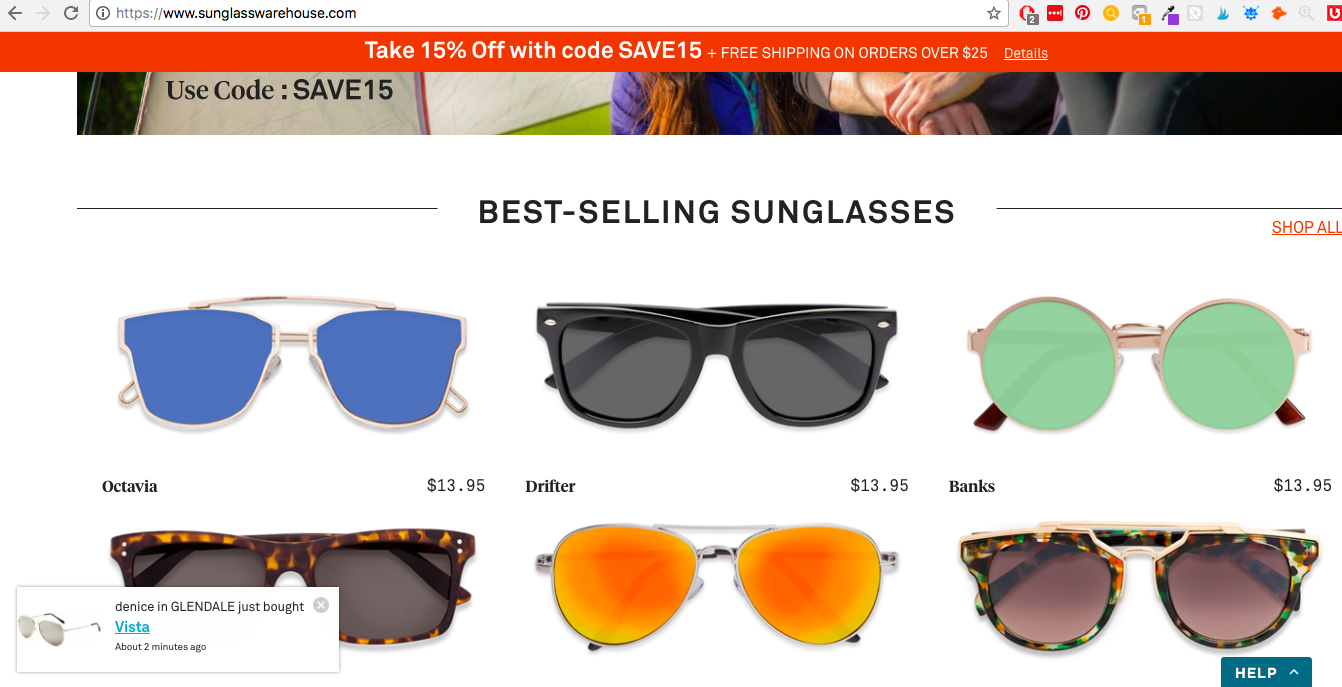
The lesson is: when deciding whether or not to opt for charm pricing, you need to think about the type of decision-making process that your customers are likely to be using. Will they evaluate the benefits of your product via emotion or logic?
This evaluation process also depends on the context they're buying your product in. In a study by the Association for Consumer Research, participants were shown different prices for a camera and asked whether or not they'd buy. One group was told that they were buying it for a family vacation which was likely to invoke a more emotional response. This group responded better to rounded prices like "$200".
Another group was told they were buying it for a class project, which is more likely to invoke logic. As predicted, this group responded better (i.e. were more likely to make the purchase) when the prices were non-rounded (e.g. "$198.76").
Dropping a Mental Price Anchor
Quick: was Einstein older or younger than 90 when he died? Guess if you don’t know.
Now you've thought about that, here’s another question: how old, exactly, was Einstein at his death?
Chances are you picked a number close to 90. You couldn’t help it, the first question put that number in your head. Most people respond like this. When people only hear the second question, however, they tend to guess lower and land closer to the correct answer which is 76.
This is called the "anchoring effect." We tend to place undue weight on the first piece of information we hear, allowing it to influence our later decisions. One real-life example comes from the courtroom. Evidence suggests that judges are likely to give longer sentences for identical crimes if they're initially "primed" with the suggestion of a long sentence.
The two numbers don't even have to be related. In one famous study, researchers found that getting participants to simply write down the last two digits of their Social Security Numbers had a measurable effect on the amount of money they were later willing to spend on a product. People who wrote down higher numbers were willing to pay more.
Think of the wine list at a restaurant. It’s common for the wines to be listed in rough order of price, cheapest first. Taking the anchoring effect into account, this is probably a bad idea. If the restaurant wants customers to spend more money on wine, they might be better off listing the most expensive wines first. This way the customers will "anchor" on the high prices, making the later wines feel cheaper - and increasing the likelihood that they'll opt for a more expensive option.
Here’s how you can use the anchoring effect to your advantage. Say that your flagship product costs $50. Think carefully about the other prices, or numbers in general, that customers will see on your sales page near that "$50.00" - especially any numbers that they see first.
If the first thing your customers see is a "basic" plan or product that costs $20, then their eyes drift to the “$50”, the latter price will feel high compared to the first thing they saw. They’ll be more inclined to choose the least expensive option.
On the other hand, if your "$50" is next to a “premium” plan that costs $150, it will feel much less expensive. The exact same price will trigger a very different subconscious response.
You can even take this logic to its extreme and offer what’s called a "decoy option" price. Essentially, this means that your “premium” plan may not even be something that you care to sell. The product’s main purpose is to make your other products feel like better value by comparison.
This is only a brief overview of the many tips and tricks from the the world of psychological pricing. These insights fall within the general purview of "behavioral economics", a relatively new discipline that uses psychological and sociological data to analyze people’s economic behavior.
While the customer may always be right, they’re not always rational. Apply these tips today to see a guaranteed increase your conversions.

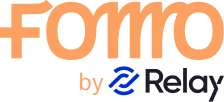


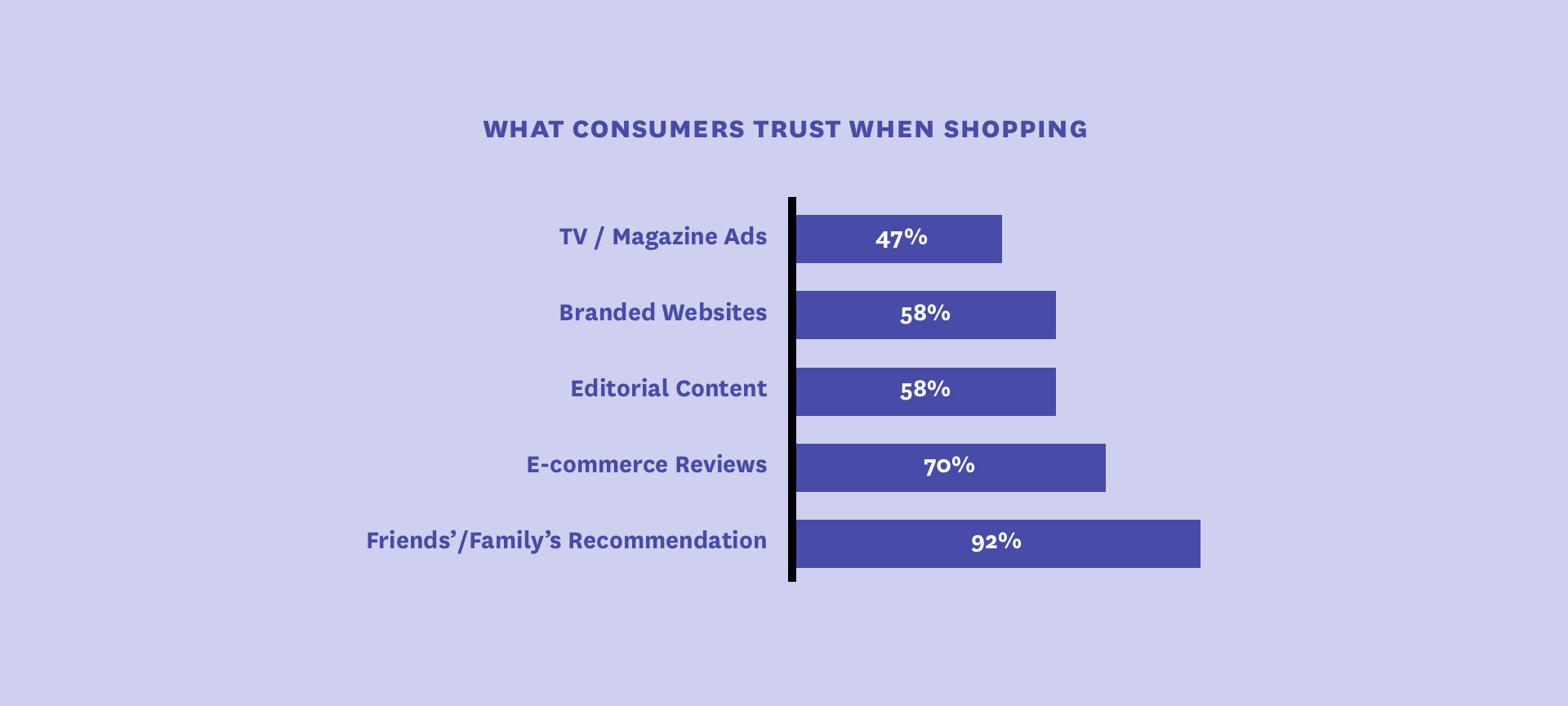
 1.svg)
 1.svg)
